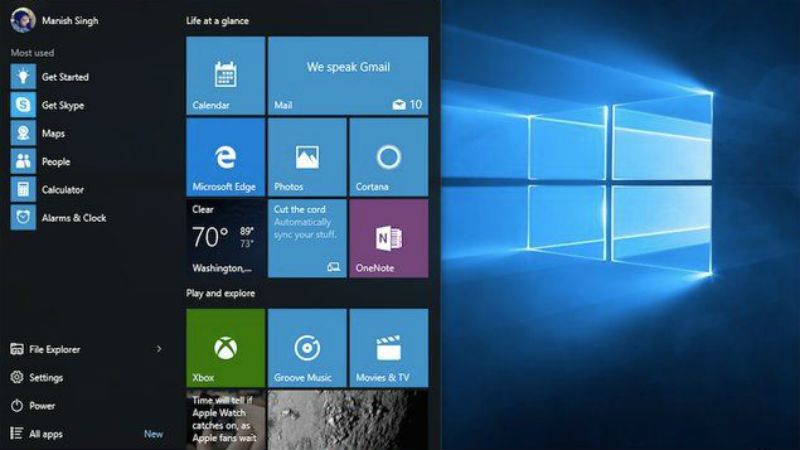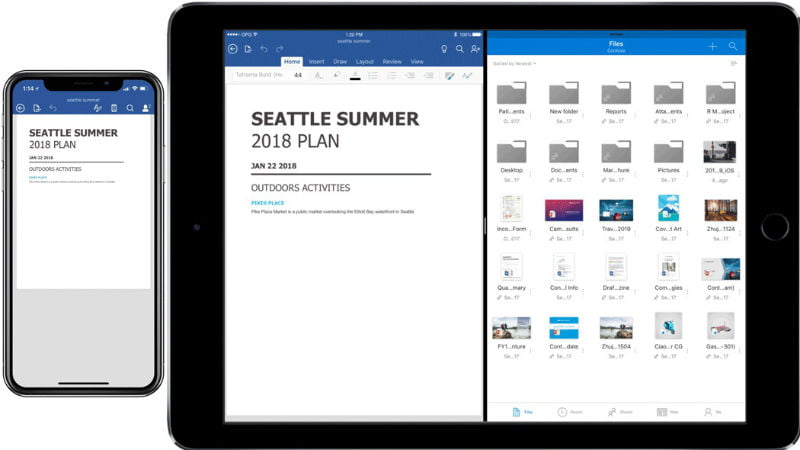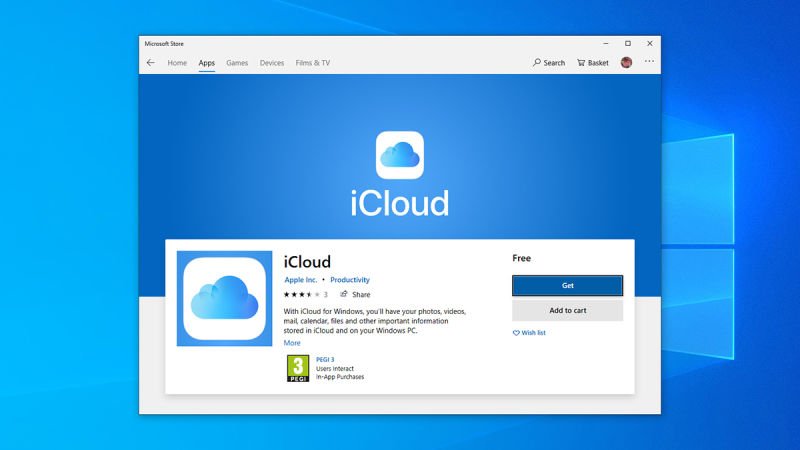

Microsoft has decided to come down hard on the increasing number of free tools that purport to scan computers for errors, and eventually use coercive messages to make users buy a premium version of the same program. Microsoft says programs that display such messaging will be classified as unwanted software and will be removed. In order to protect customers against such scams, Microsoft is also updating its evaluation criteria.
The Microsoft Windows ecosystem consists of several malicious software that claim to detect and diagnose errors in a device. They offer a free version that apparently locates problems and then ask users to buy a paid version to repair them. Usually, the issues that such software detects do not exist or described in a misleading manner. Also, such programs are often the causes of system crashes and poor performance.
From March 1, Windows Defender Antivirus and other Microsoft security products will classify programs that display threatening messages as unwanted software and delete them. Barak Shein of Windows Defender Security Research said, “Programs must not display alarming or coercive messages or misleading content to pressure you into paying for additional services or performing superfluous actions.”
Interestingly, under Microsoft’s new policy, the penalty will apply to not only the apps which ask for money, but also the ones which ask users to take a survey, download a file, or sign up for a newsletter.
Meanwhile, the new evaluation criteria listed by Microsoft will be used to determine programs and identify them as malware and unwanted software. Microsoft has segregated categories to determine whether to add a program to the definition library, and what classification type, risk level, and recommendation to give it. The criteria include, unwanted behaviour, out-of-context advertising, misleading advertisements that ask users to visit another website or download files, data collection without consent, and consumer opinion.
This is not the first time Microsoft has taken steps against malicious programs that purport to clean up and optimise system performance. In 2016, it had said, “Security products, such as Windows Defender for Windows 10, will continue to classify optimisation programs that do not provide details as unwanted software, detect and remove them.”
[“Source-ndtv”]




